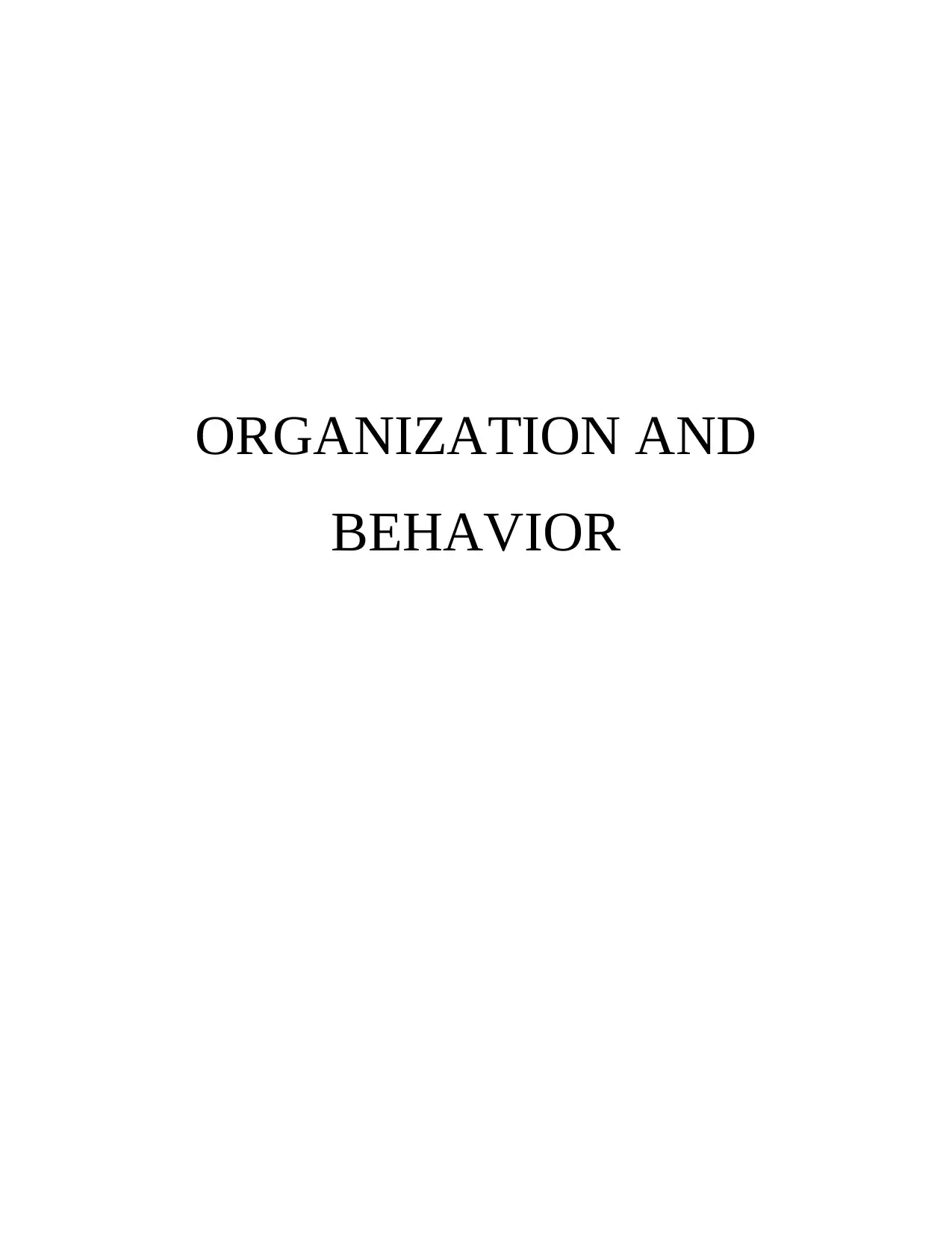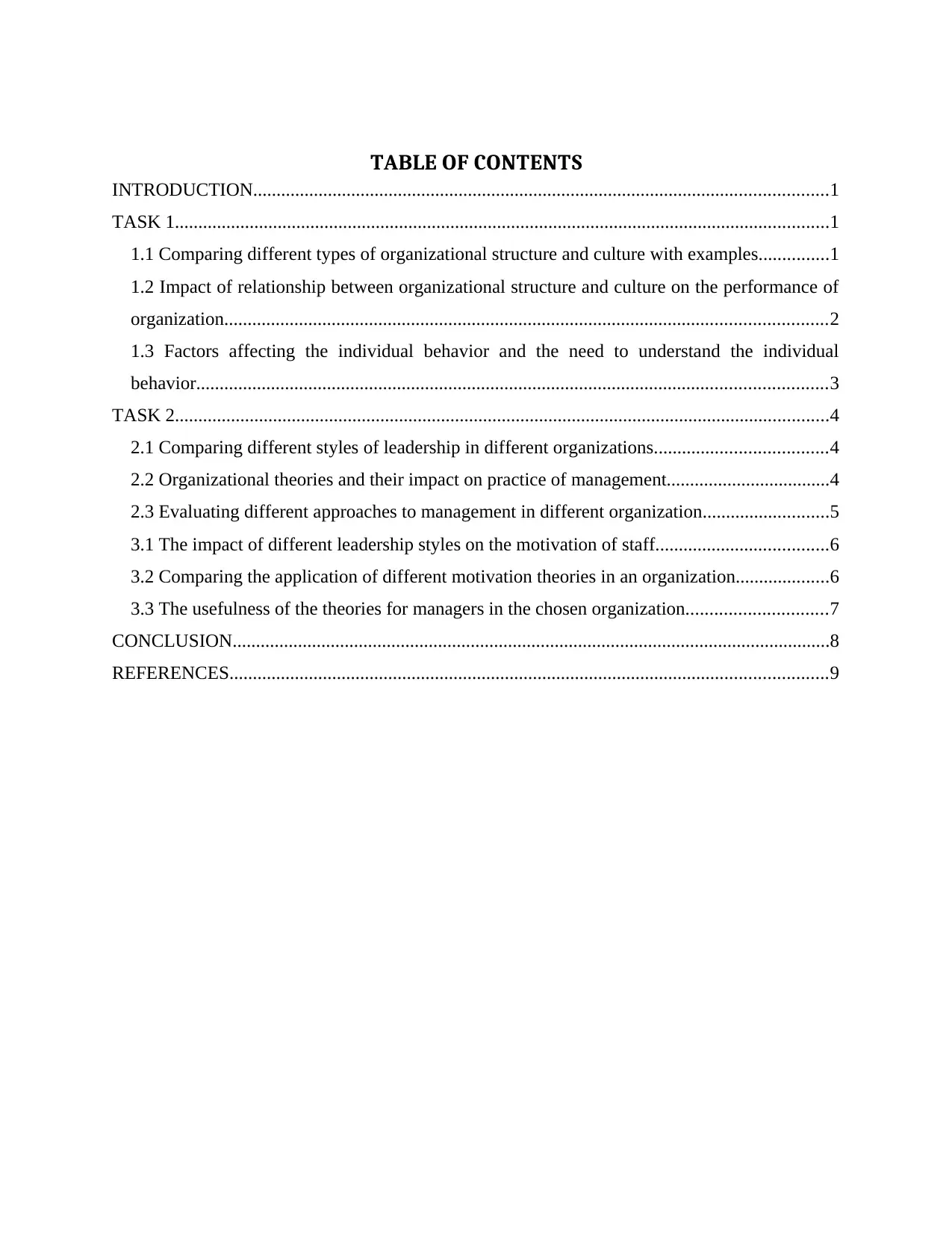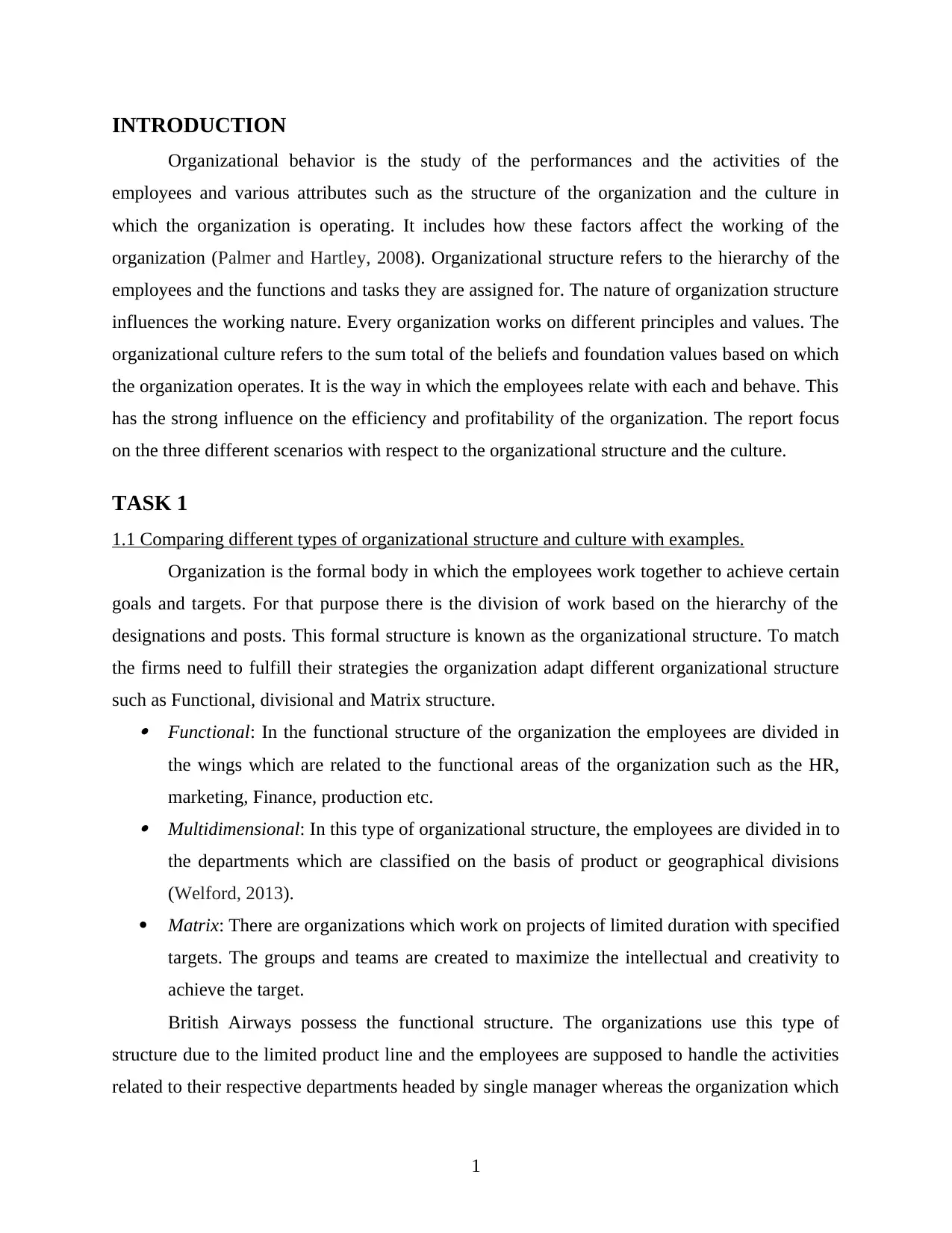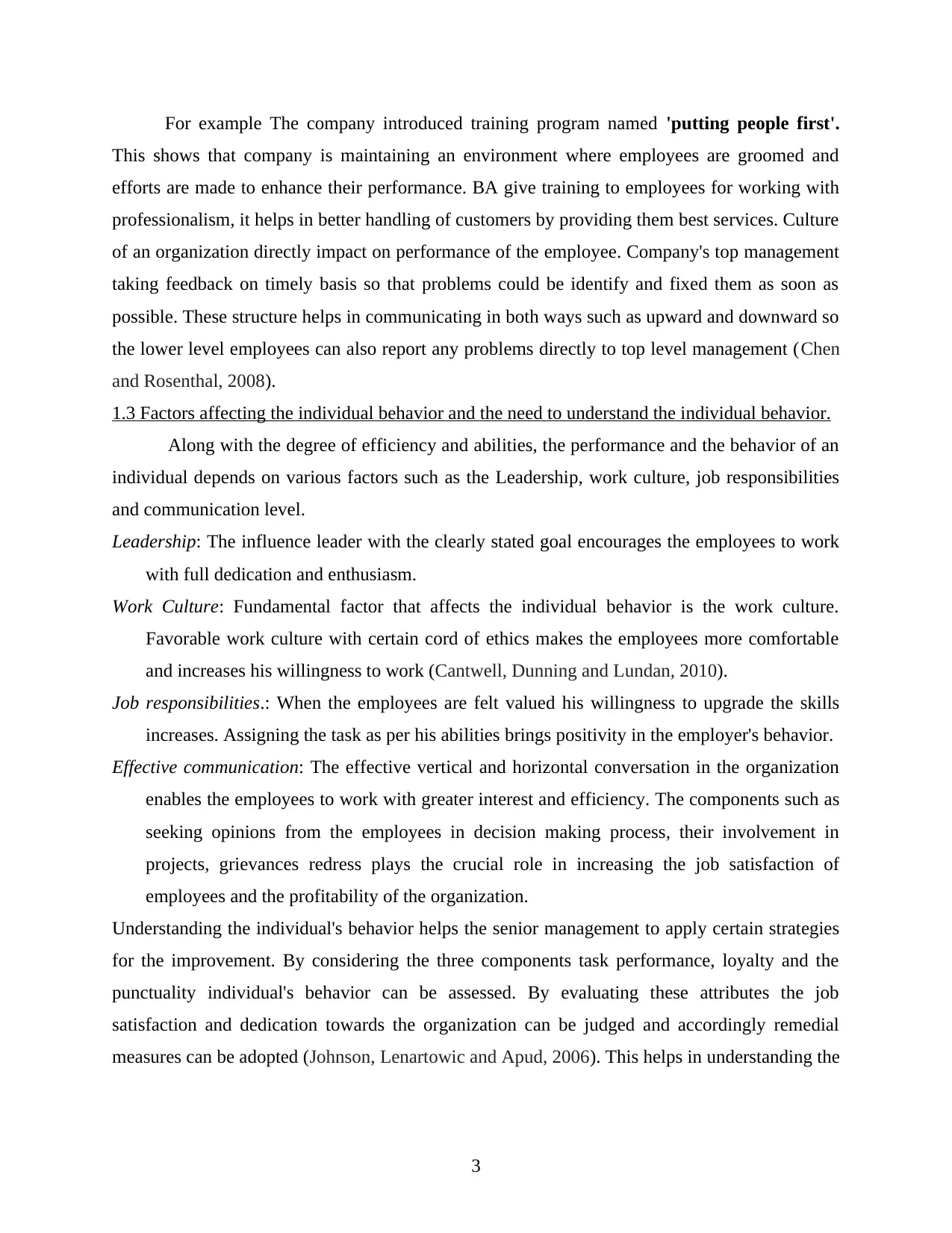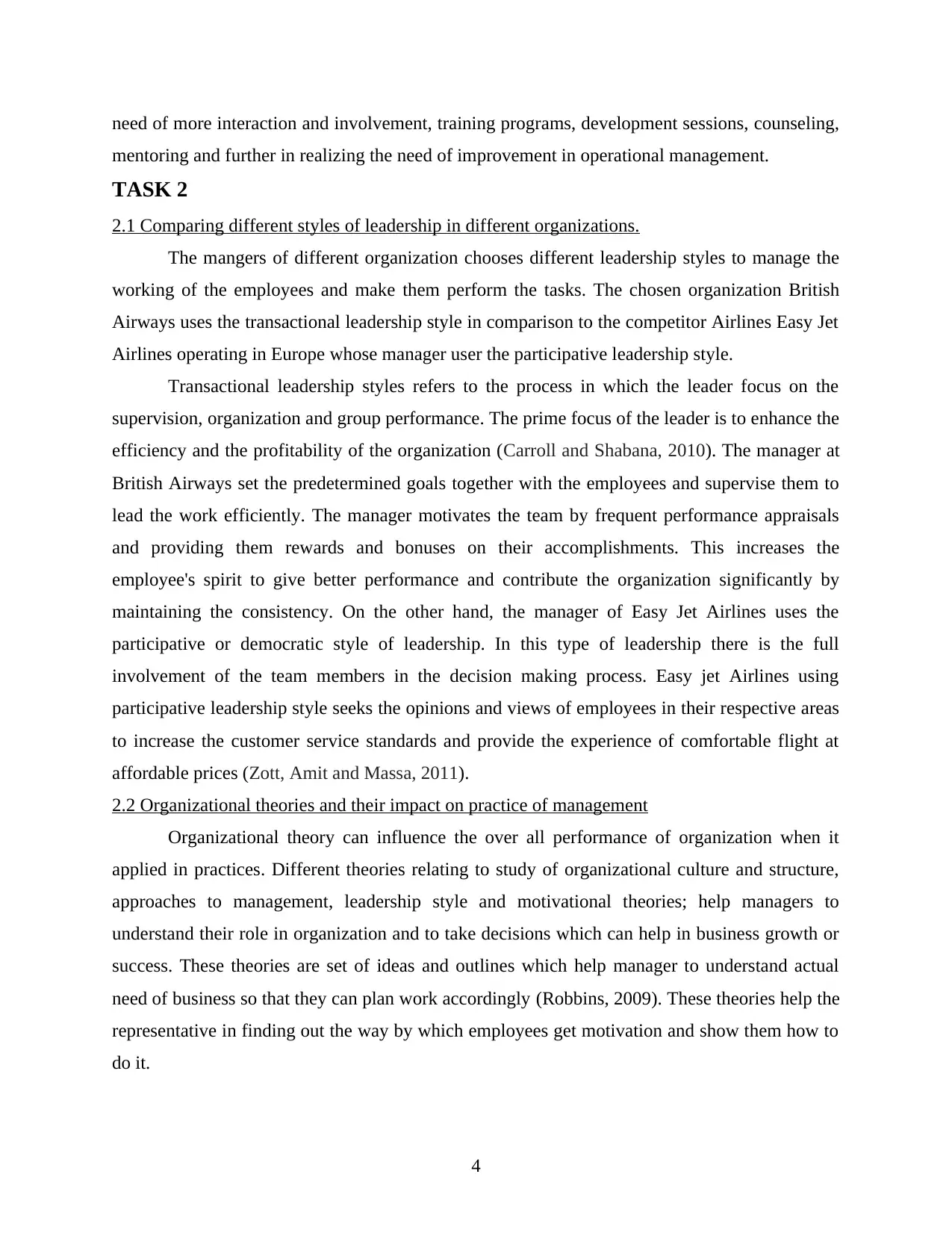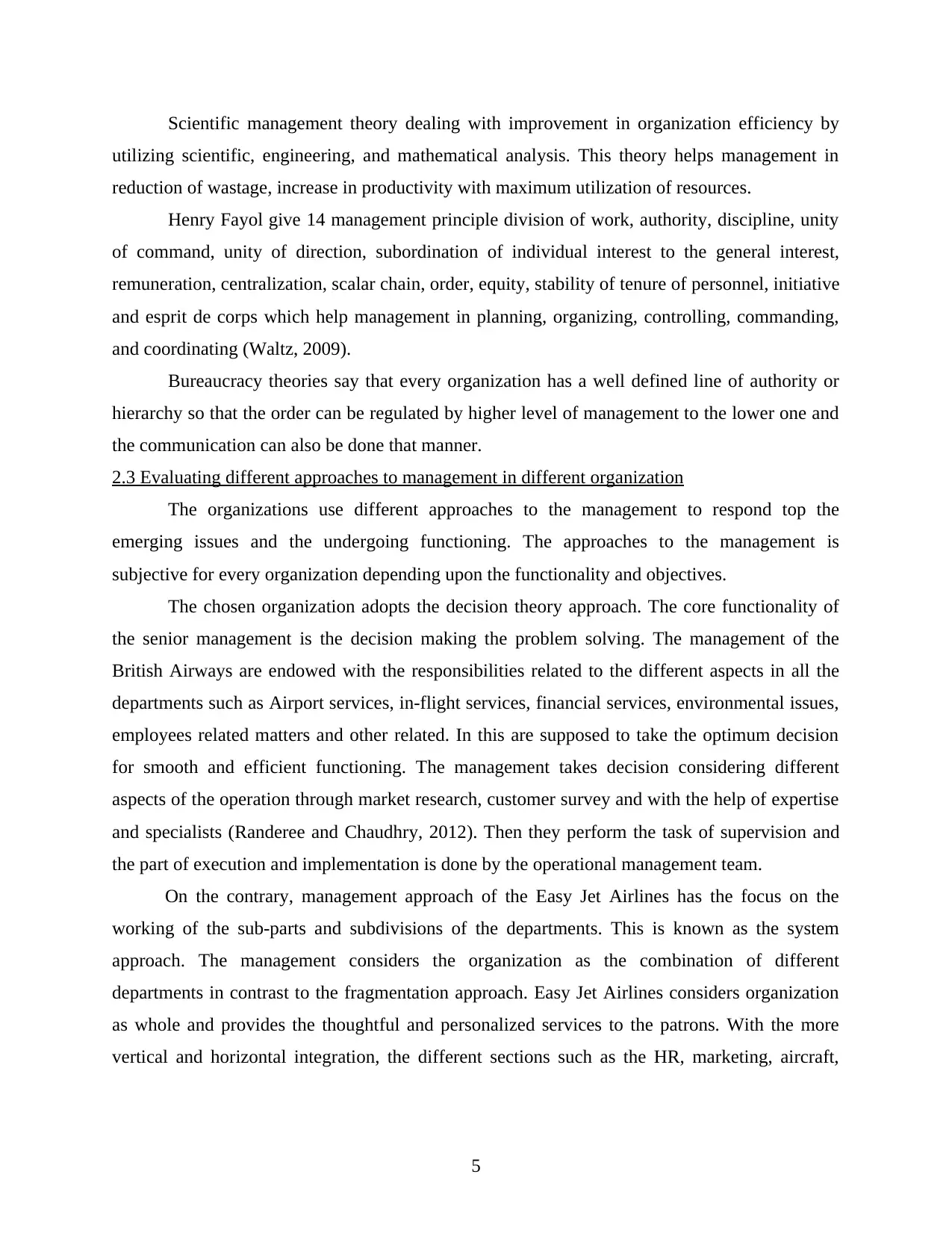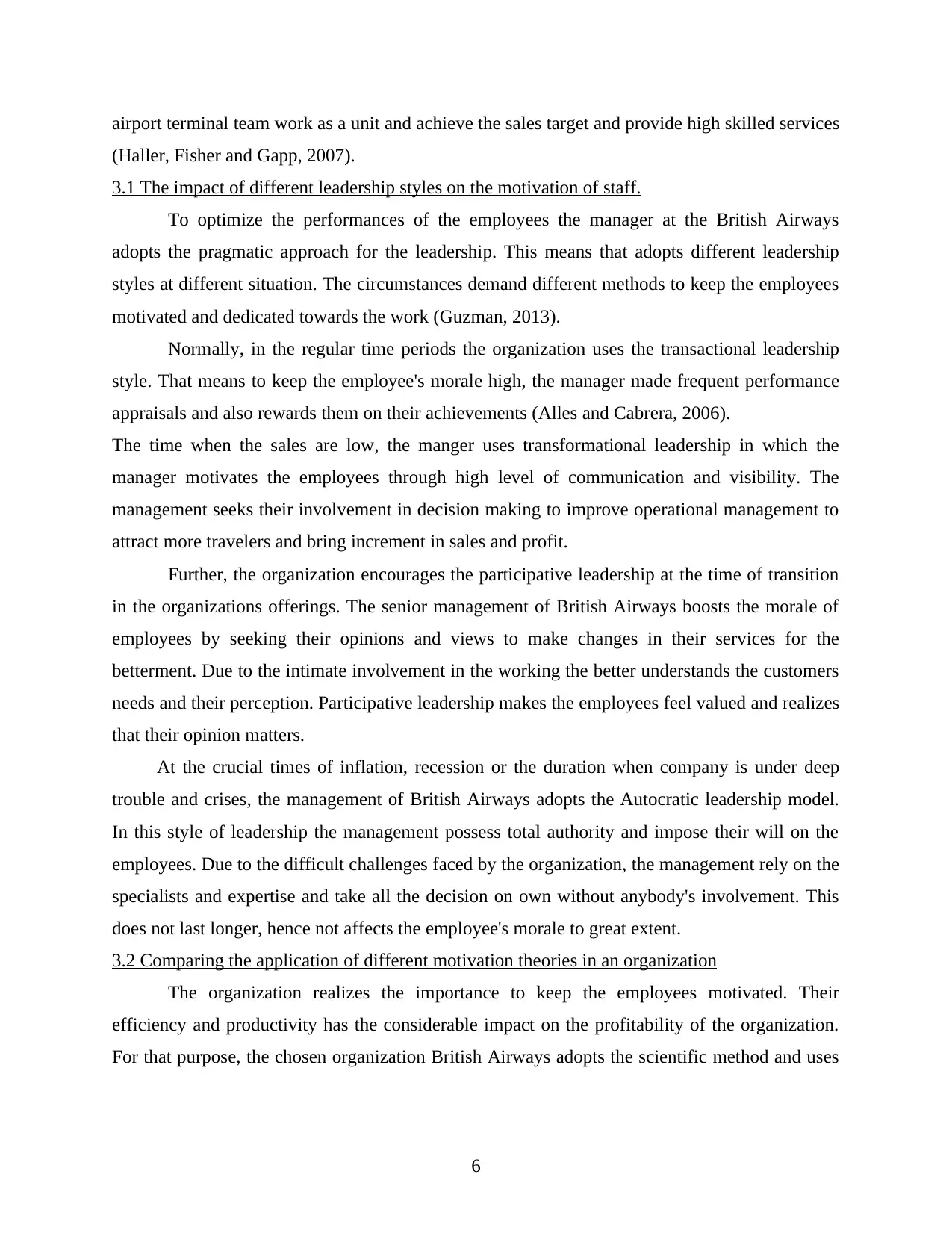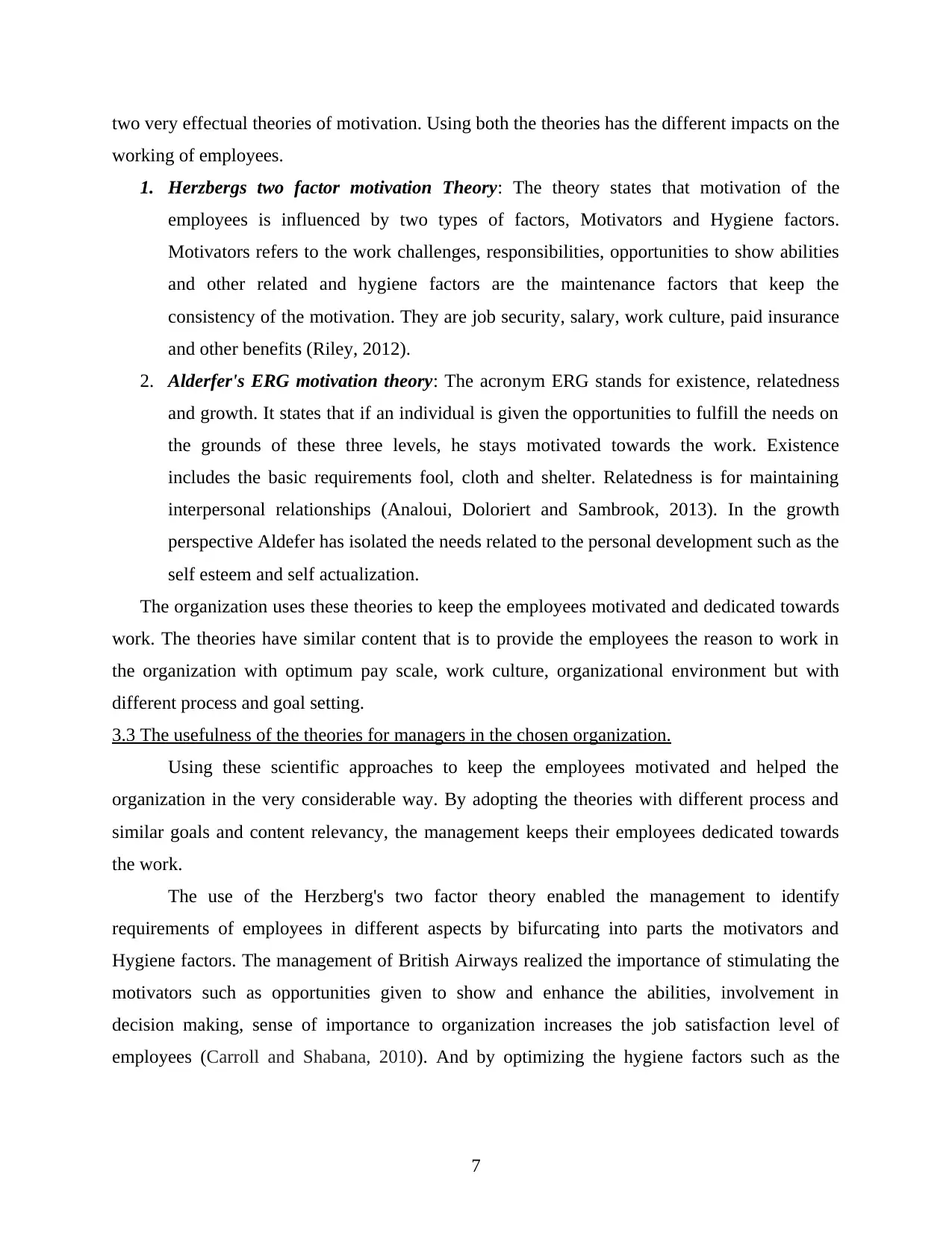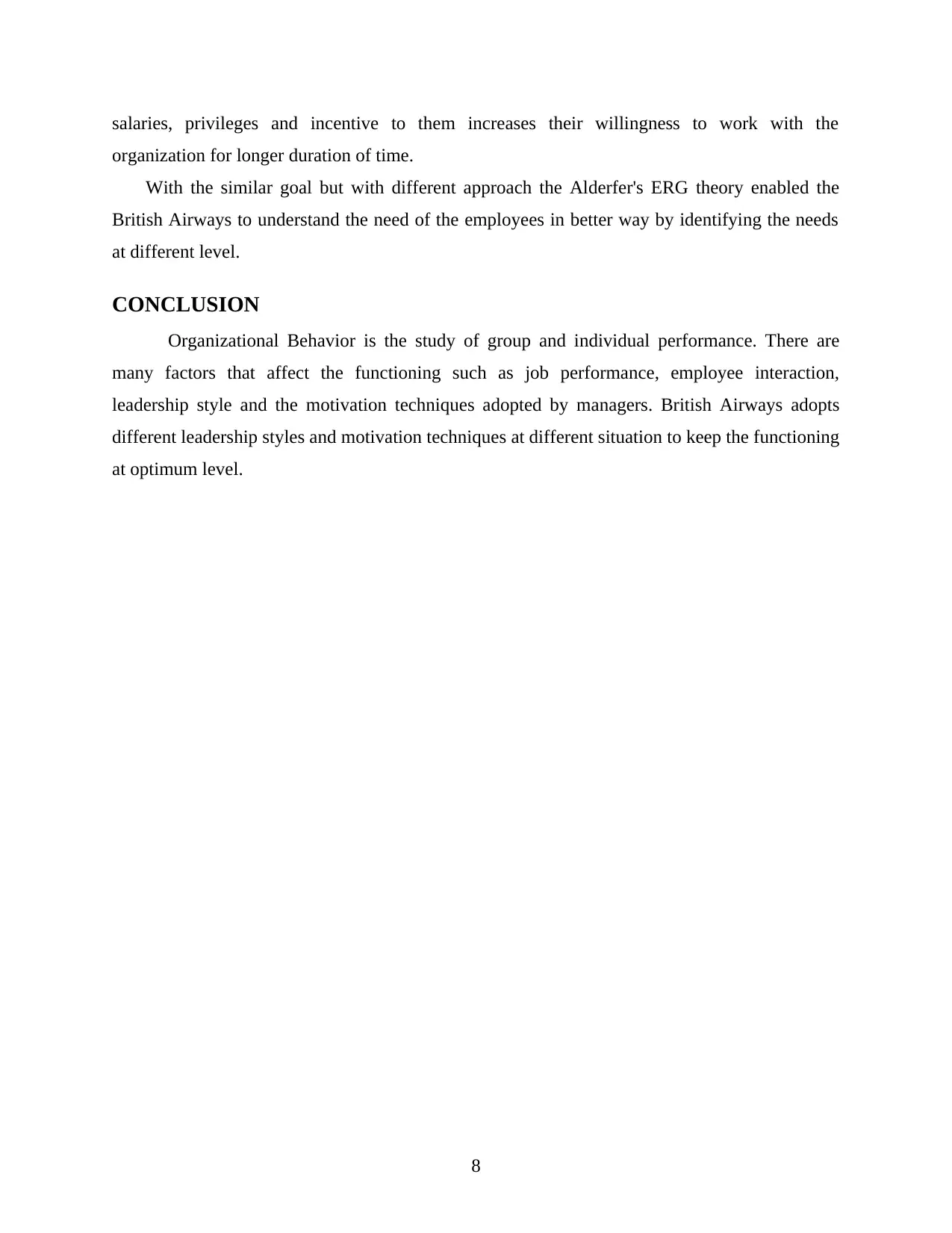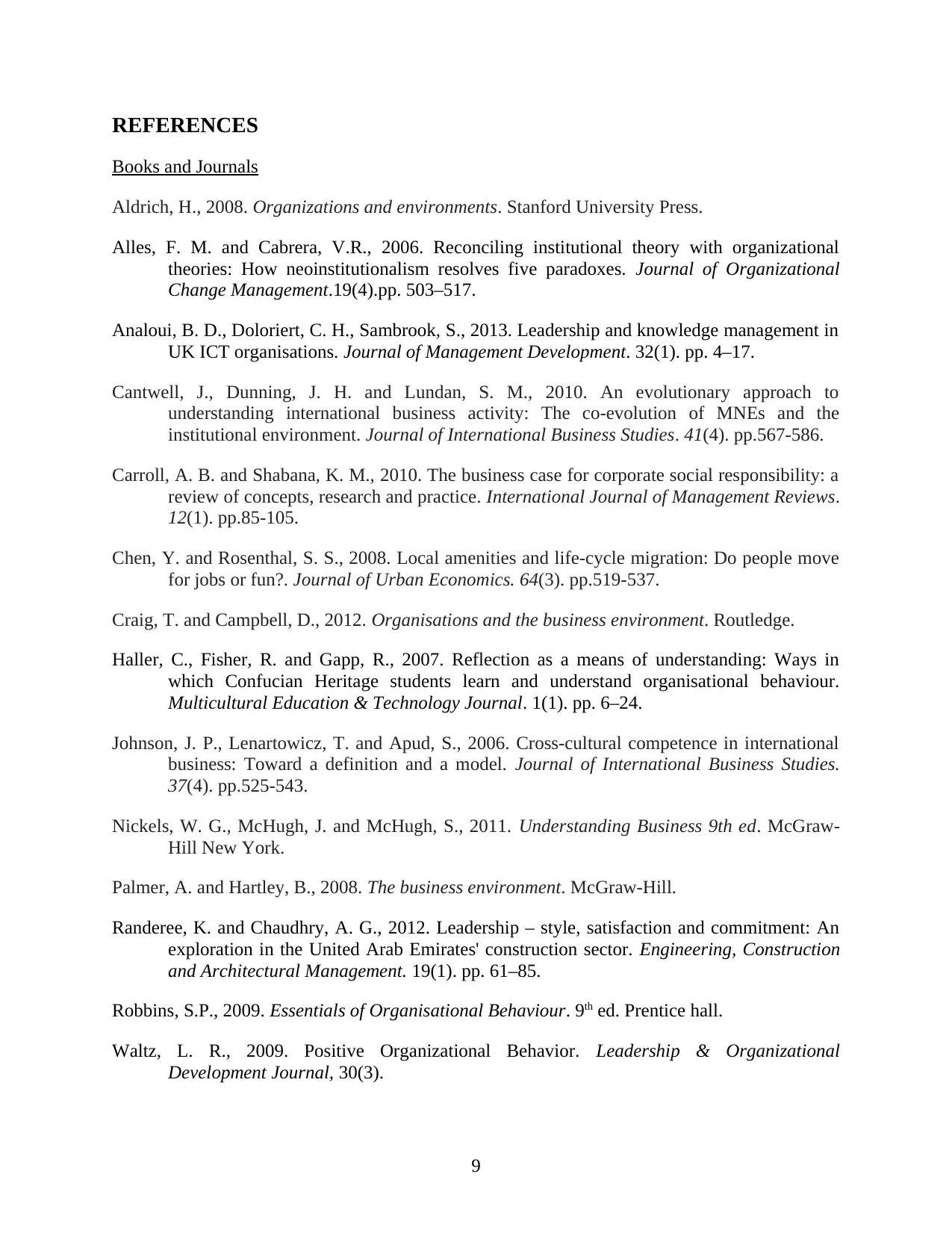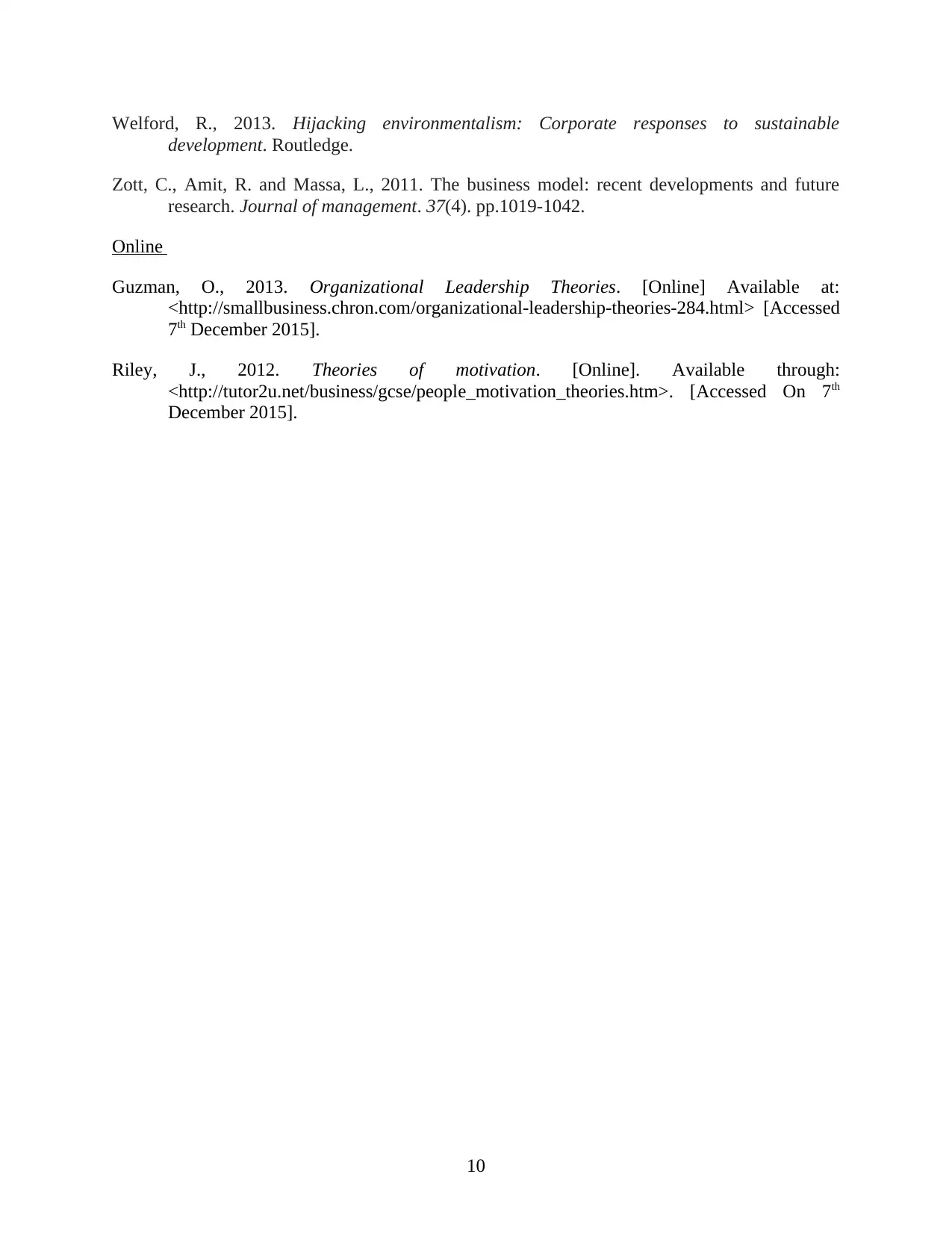The provided assignment content includes various academic articles and books related to organizations, environments, and leadership theories. The articles discuss topics such as reconciling institutional theory with organizational theories, the co-evolution of multinational enterprises and their institutional environment, local amenities and life-cycle migration, cross-cultural competence in international business, leadership styles, and the business case for corporate social responsibility. Additionally, there are books on understanding organizations, the business environment, and positive organizational behavior. The online resources include articles on organizational leadership theories and motivation theories, providing a comprehensive overview of key concepts and frameworks related to organizations and their environments.
![[object Object]](/_next/static/media/star-bottom.7253800d.svg)
![[object Object]](/_next/static/media/star-bottom.7253800d.svg)
